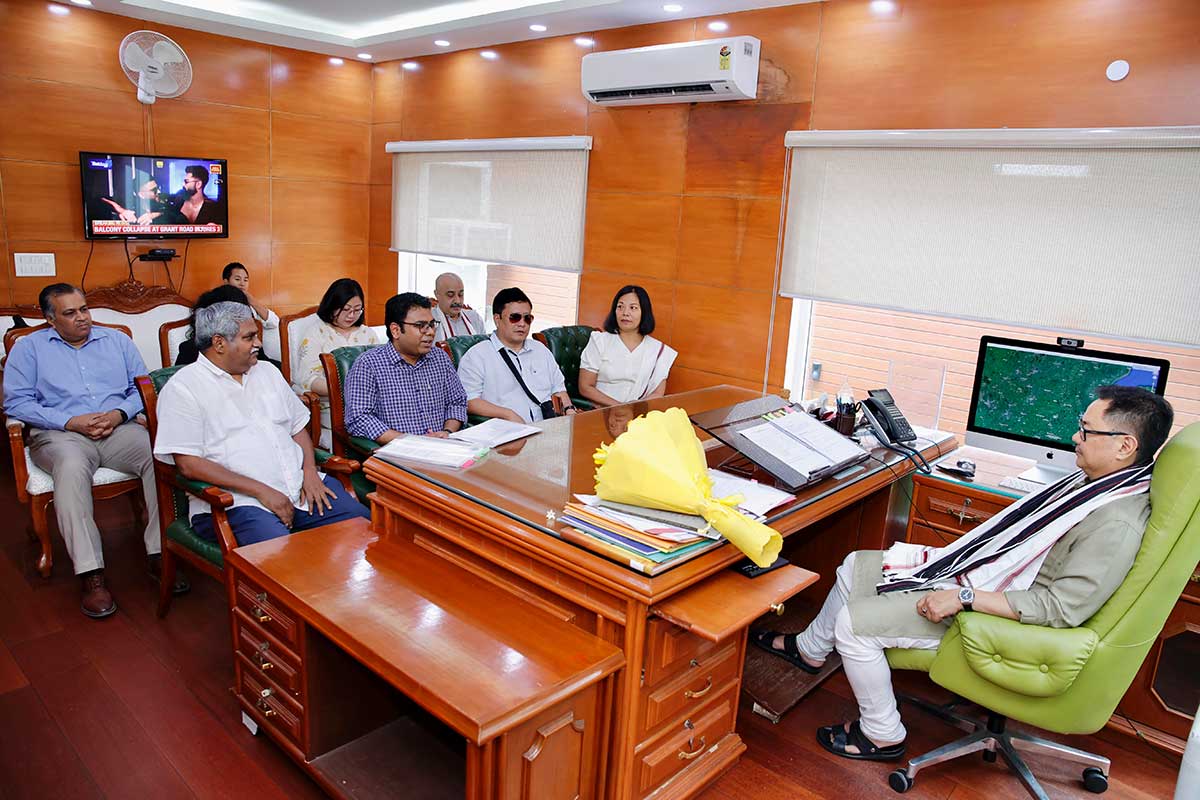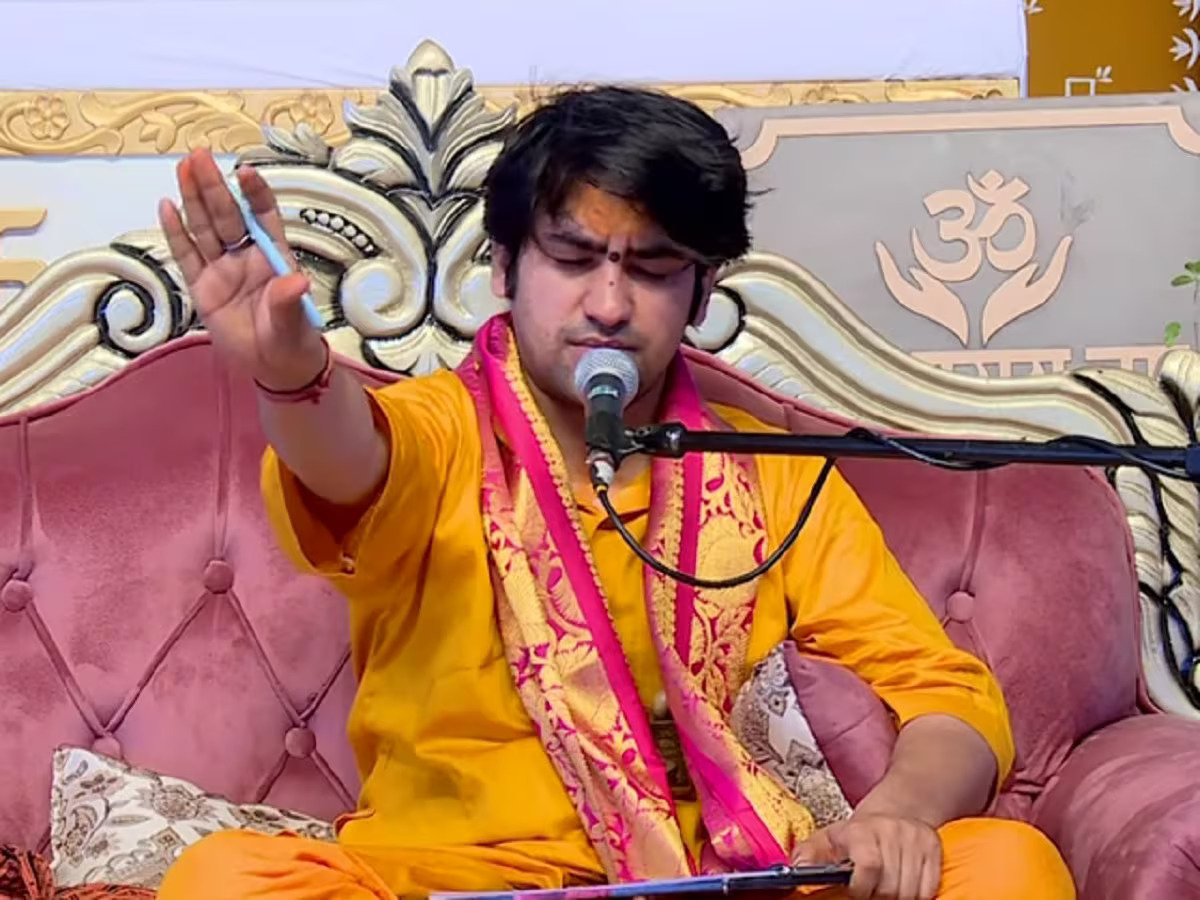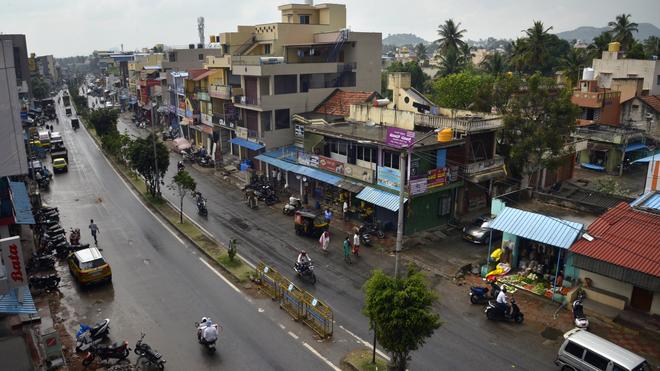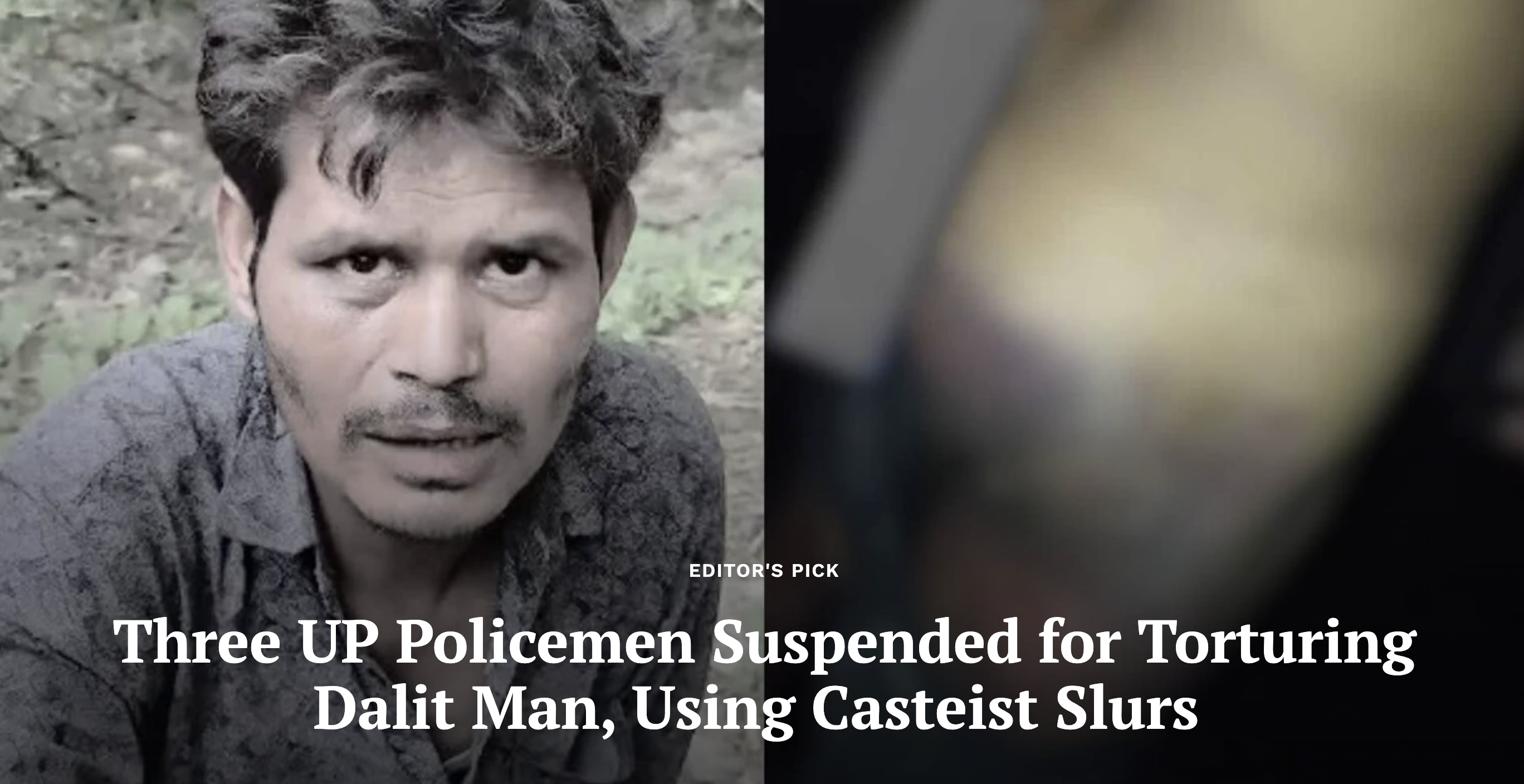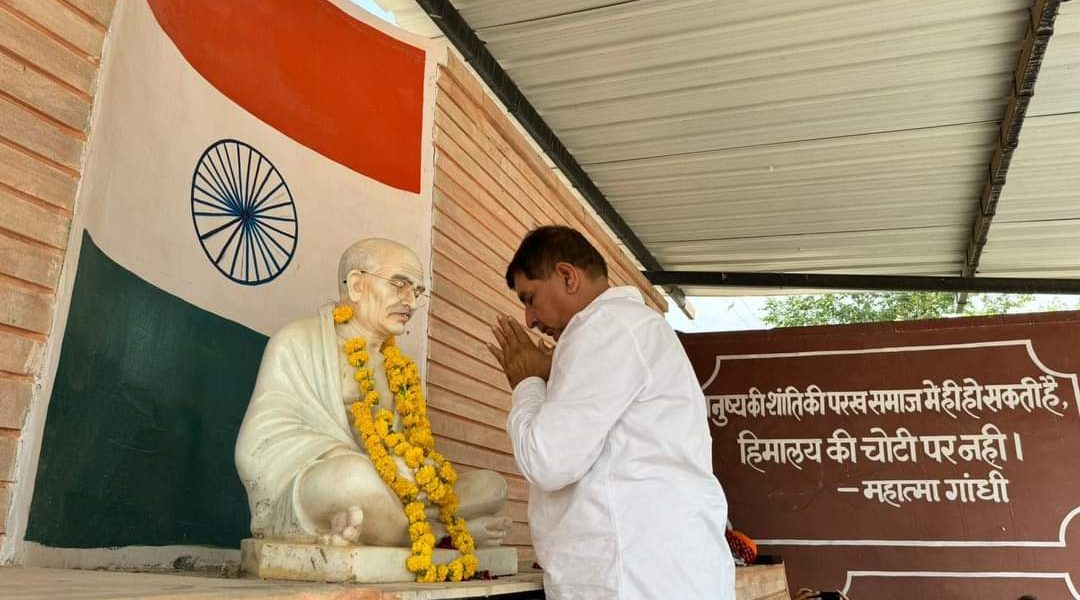
By SHARIK LALIWALA
ON 27 FEBRUARY 2002, as 59 karsevaks burnt to death in the Sabarmati Express’s S6 coach in the central Gujarat town of Godhra, Narendra Modi, then the chief minister of the state, rushed to the spot. Later that day, the Gujarat government released a press note in which Modi termed the horrendous incident a “pre-planned inhuman collective violent act of terrorism.” The Vishwa Hindu Parishad—a militant Hindu-nationalist group—called for a statewide bandh the next day, while the Gujarat government allowed the VHP to carry out a public procession with the dead bodies of the karsevaks. One of the worst massacres of Muslims in post-independent India followed this bandh, centred in and around Ahmedabad and Vadodara districts, and killing at least a thousand people.
Following the train-burning incident, mobs, often led by the affiliates of the Sangh Parivar—a constellation of organisations linked to the Rashtriya Swayamsevak Sangh—went on a rampage in the state. On 1 March 2002, Modi gave an interview to Zee TV’s Sudhir Chaudhary, propounding his much-cited “action-reaction” theory in the following words: “Kriya-pratikriya ki chain chal rahi hai. Hum chahte hain ki na kriya ho aur na pratikriya”—A chain of action and reaction is occurring. We want neither the action nor the reaction. The carnage in Ahmedabad’s Gulbarg Society had occurred the previous day and 69 people, including Ehsan Jafri, a former member of parliament from Ahmedabad, were killed. In the Zee TV interview, Modi quoted media reports claiming that Jafri had fired at the mob and provoked them to attack.
In the weeks and months that followed the Gujarat massacre, these two claims—the Godhra train-burning being an “act of terrorism” and the “action-reaction” theory—became common phrases used by Hindu nationalists to either justify the violence or bury the story of the state’s complicity under the figure of Modi. The description of the anti-Muslim massacre as an act of mere retaliation de-historicised the pogrom, disassociating it from the violent history of Hindu nationalism and its ideological spread in Gujarat, often referred to as the “laboratory of Hindu nationalism.”
This story first appeared on caravanmagazine.in

